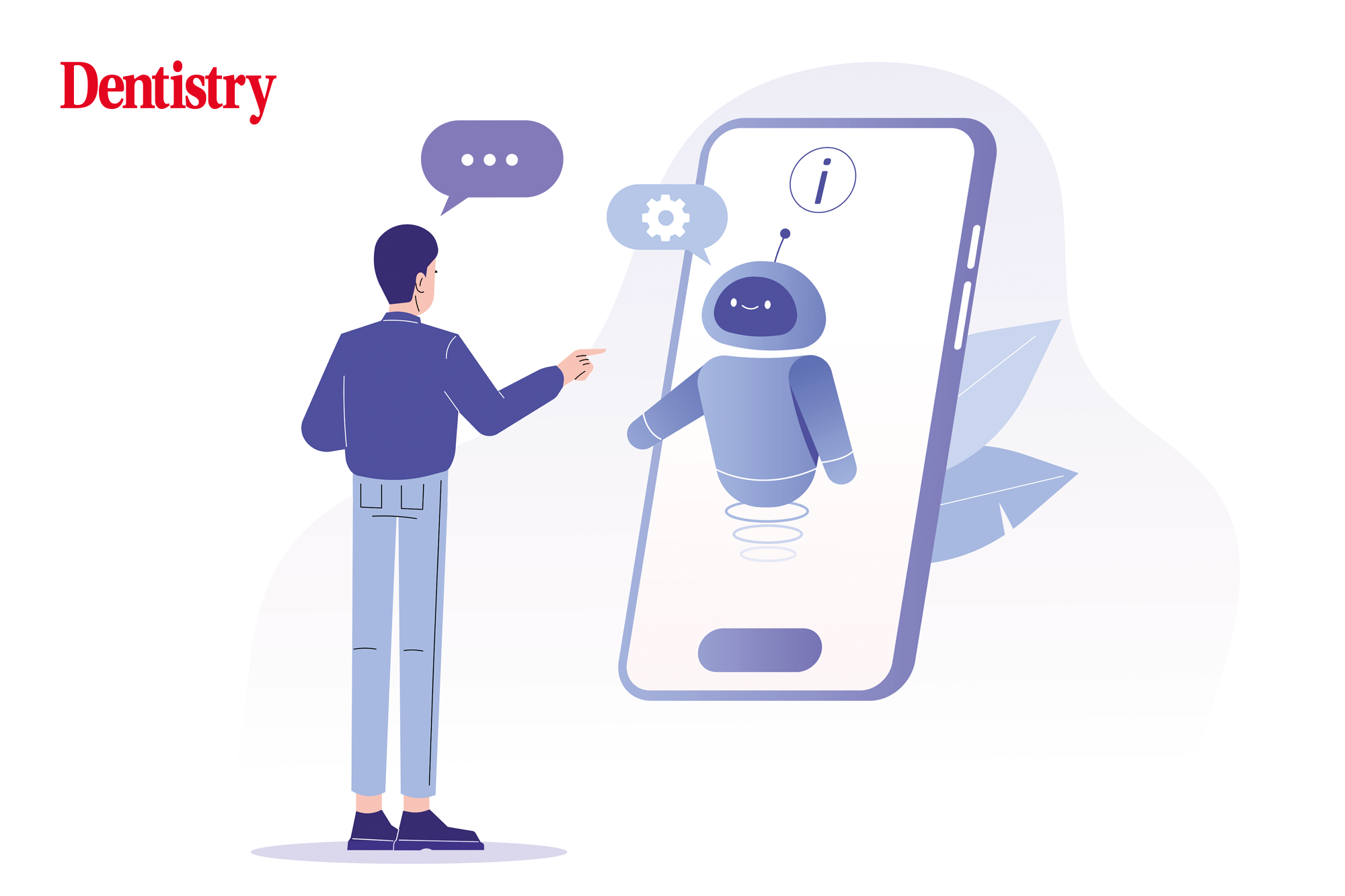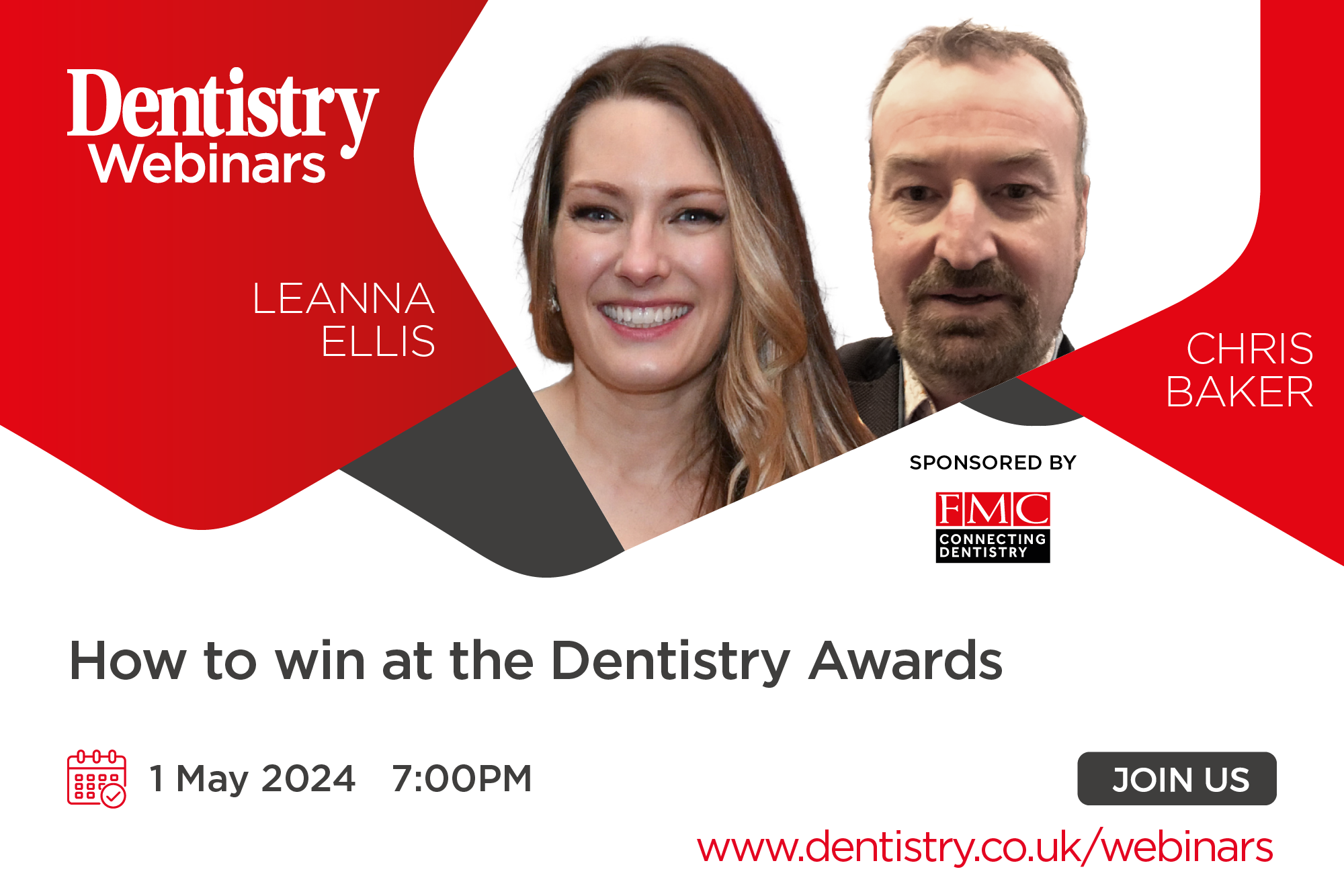
Your front of house team may be second to none, says Faye Mear, but chatbots can do what no person can.
The buzz phrase amongst marketing industry leaders this year is customer experience (CX). The battleground for winning patients and retaining them is all about giving great CX, or PX (patient experience) to make this dentistry specific.
Your front of house team may be second to none at looking after patients face-to-face and over the phone. But what else could you do to improve and ensure your practice offers the excellent PX?
A good place to start could be getting your practice a dentistry-specific chatbot. Business professionals were asked to name their number one priority for improving CX over the next five years. Their recommendations are as applicable to dentistry as any other business field.
The following were deemed the top five priorities. Here is how having the right chatbot could help you achieve them.
1. Omnichannel customer service
Patients want to get in touch whenever and however they want. Having a telephone number, email address and a website enquiry form no longer cuts it with today’s patients. But a chatbot is an ever-ready, eternally friendly and patient member of your team. It’s ready and available to assist everyone 24/7 via your website homepage.
It can be linked to your other messaging platforms too. With studies now showing 75% of people prefer to text rather than talk (Liveperson, 2021), chatbots can engage people however they prefer.
2. Excellent mobile experience
When it comes to web traffic, 59% is now from mobile devices (Bianchi, 2023). An equally seamless online experience is expected no matter which device a patient chooses to use. A chatbot can move and resize as ably as your website does.
The fact that it can also be accessed via other popular messaging apps is another bonus. You may have been wanting to adopt more of these platforms for your practice previously and have been concerned because you can’t staff them with a human responder – chatbots are the solution here, too!
3. Self-service help
Today, patient trends show an increasing preference for self-service over speaking to a member of your team – a 67% majority, apparently. Furthermore, 91% of customers said they would use an online knowledge base if it were available and tailored (Zendesk, 2023).
The best chatbots can be specifically programmed to guide people around your website, direct them to what you particularly wish to showcase and help them find what they need. It is a gentle helping hand that offers this self-service option.
If someone needs to book an appointment, a chatbot can take them to your booking page or collect their enquiry. If someone is thinking about cosmetic treatments, a chatbot can take them through your full range of treatments. It can then offer them the opportunity to book a consultation.
Even if a new patient with an appointment forgot to ask if you have parking or whether you offer finance while they were talking to your receptionist, the chatbot can give them the information.
From the big leads to the minor enquiries, a well programmed and up-to-date chatbot can field them all – quickly, simply and virtually. This will not only let patients help themselves, but it will also take pressure off your front of house team by reducing the need for personal contact.
4. Immediate attention
In a survey, immediate attention came out as the most important factor for patients feeling they had a good experience. The majority (75%) of people expected a fast response. But did you know that the average reply time to a patient email is an unsatisfactory 12 hours (Superoffice, 2023) in comparison to this demand?
A chatbot will respond to users in real time – even at three in the morning, late on a Sunday afternoon or over any bank holiday. Your patients and prospective patients will always be engaged with and get a response. Even if it needs to be followed up by a member of your team on the next business day, the patient will feel heard. They have been given the opportunity to submit their query directly to your practice.
5. Anticipated needs
Proactive patient support is where it’s at these days.
Not sure what that is? Reactive support is when you wait until the patient approaches you with their issue. Whereas proactive means you are reaching out to them ready with the solution.
Taking this anticipated approach means issues or queries are resolved far quicker and the patient feels thought about, cared for and looked after.
Adopting a chatbot gives you the ideal opportunity to start taking this approach in your business. It easily allows you to build and develop an FAQ-type resource into the chatbot’s programming that will help your patients get answers and resolutions to their issue – fast.
This can be driven by what patients most often enquire about, giving the patient-centric approach that is appreciated. If you extend this and embed it within your practice and team, you will soon have a solid list of protocols for all sorts of common problems. Your patients will get a smooth and consistent approach to problem resolution.
Meeting demand with chatbots
You already know that in these straitened times, your patients are more demanding than ever. These high expectations are sometimes hard for your finite staff resources to meet. Patient experience is undoubtedly led by emotion, and chatbots can give your patients the positive feeling and impression of your practice without stretching your team even further.
Dental-specific chatbots are available so you don’t have to get one programmed from scratch. However, you do need one that is as customisable as possible. This will give your patients the most helpful and meaningful experience that will keep them loyal for years to come.



